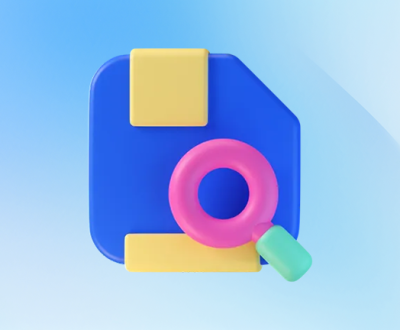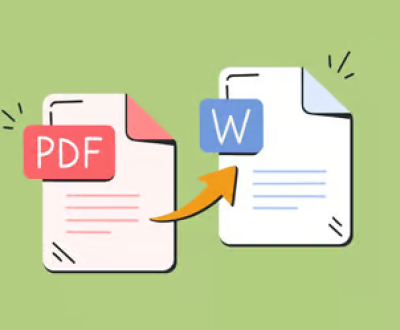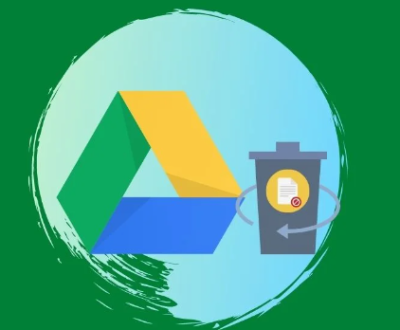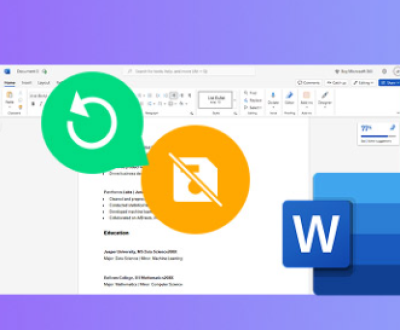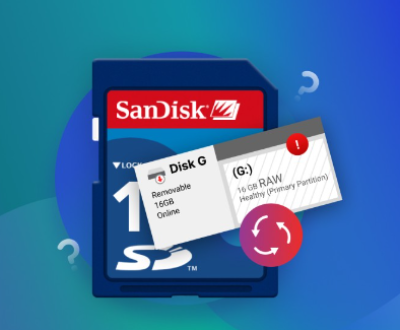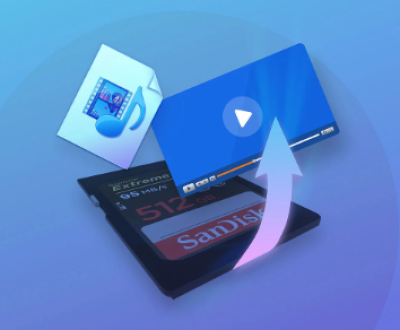Whether it’s a traditional hard disk drive (HDD) or a modern solid-state drive (SSD), these devices store our most valuable data family photos, work documents, operating systems, and more. But hard drives are not infallible. Physical damage, logical errors, corrupted files, or even malware attacks can wreak havoc on your storage medium. When things go wrong, panic can set in, especially if important files are seemingly lost.
What Causes Hard Drive Errors?
Before diving into the tools, it’s crucial to understand the typical causes of hard drive failure. These include:
Bad Sectors: Small areas of the disk that become unreadable due to physical damage or software corruption.

File System Errors: Caused by improper shutdowns, software crashes, or virus attacks.
Partition Corruption: May result from malware, OS failures, or user errors.
Mechanical Damage: Often irreversible without professional services.
Firmware Failures: These affect the drive’s onboard controller.
Software-based solutions can handle most logical issues—file system damage, partition loss, bad sectors, and more. For physical failures, professional data recovery services might be your only recourse.
Now, let’s explore the best hard drive repair programs on the market today.
1. Panda Assistant
Panda Assistant is more than just a data recovery software it’s a comprehensive digital repair platform that combines cutting-edge recovery algorithms with an intuitive interface, making it accessible to users of all skill levels. Whether you’re a student who’s lost an assignment, a professional managing large volumes of data, or a casual user trying to retrieve vacation photos, Panda Assistant offers a streamlined, efficient way to get your files back.
At its core, Panda Assistant is built for reliability and simplicity. The software supports a wide range of storage media, including hard drives, SSDs, USB flash drives, SD cards, external drives, and even formatted or damaged partitions. It works seamlessly across multiple file systems such as FAT32. NTFS, exFAT, and HFS+, making it versatile enough for both Windows and macOS users.
One of the standout features of Panda Assistant is its smart scan engine, which allows users to perform quick or deep scans depending on the severity of the data loss. The Quick Scan is ideal for recently deleted files, while the Deep Scan digs into the raw data of your drive, locating files that traditional tools might miss. Each scan result is displayed in an easy-to-navigate file tree, complete with preview functionality for many file types, so you can identify and recover exactly what you need.
But Panda Assistant goes beyond data recovery. It includes diagnostic tools that can check your drive’s health, detect bad sectors, and even offer step-by-step repair suggestions. This makes it a useful utility not only for data retrieval but also for maintaining long-term device performance.
Security is another area where Panda Assistant excels. The software performs all recovery tasks in a read-only mode, ensuring that the original data is never overwritten or further damaged. It also allows users to create disk images of failing drives, offering a safe alternative for recovery without working on the damaged media directly.
2. CHKDSK (Check Disk Utility)
Overview:
CHKDSK is a built-in Windows utility that scans and repairs file system errors and bad sectors. It’s one of the first tools you should try when encountering disk problems.
Key Features:
Detects and fixes logical file system issues
Identifies bad sectors
Command-line based
How to Use:
Open Command Prompt as Administrator.
Run chkdsk C: /f /r (replace C: with the drive letter).
Restart your computer if prompted.
Pros:
Built into Windows
No installation needed
Fast and efficient for minor issues
Cons:
Limited UI
Can’t recover lost data
May take hours on large drives
Best For:
Quick repairs and diagnosing file system issues.
3. Stellar Data Recovery
Overview:
Stellar is a robust solution not only for recovering lost files but also for repairing disk-related issues like bad sectors or corrupted partitions.
Key Features:
Deep scan and surface test
Recover files from formatted or corrupted disks
Create disk images of failing drives
SMART status monitoring
Pros:
High recovery rate
Supports a wide range of file types and systems
Offers drive health monitoring
Cons:
Expensive
Deep scan can be slow
Best For:
Professionals and advanced users needing comprehensive data recovery and disk repair features.
4. MiniTool Partition Wizard
Overview:
Another excellent tool for partition and file system repair, MiniTool offers a free version that’s generous with features.
Key Features:
Partition management
File system integrity check
Data recovery module (paid)
Disk surface test
Pros:
Friendly UI
Powerful diagnostics
Great for re-partitioning after repairs
Cons:
Recovery features are behind a paywall
No Mac version
Best For:
Home users managing multiple drives or repairing corrupted partitions.
5. TestDisk
Overview:
TestDisk is an open-source command-line tool that excels in recovering lost partitions and fixing boot sectors.
Key Features:
Rebuilds damaged partition tables
Fixes boot sectors
Recovers deleted partitions
Works with many OS platforms
Pros:
Free and open-source
Supports FAT, NTFS, EXT, exFAT, and more
Powerful for advanced users
Cons:
No GUI
Learning curve for beginners
Best For:
Tech-savvy users and system administrators looking to fix boot or partition issues.
6. HDD Regenerator
Overview:
This specialized tool detects and repairs bad sectors on a physical level, making it unique among repair tools.
Key Features:
Physical bad sector repair
Disk surface scan
Bootable USB version
Pros:
Can repair physical errors
Works with all brands of HDDs
Cons:
No recovery features
Limited functionality in the demo version
Best For:
Fixing drives with bad sectors that cause freezing, clicking, or corruption.
7. Disk Drill
Overview:
While known for data recovery, Disk Drill also provides basic disk health tools, S.M.A.R.T. diagnostics, and partition repair features.
Key Features:
S.M.A.R.T. monitoring
Partition recovery
File system repair (limited)
Pros:
Clean UI
Recovers files from failing disks
Alerts you to potential issues before failure
Cons:
Repair features not as robust as recovery tools
Most features in the paid version
Best For:
Preventative maintenance and recovering data from failing drives.
8. Macrorit Disk Scanner
Overview:
This lightweight utility focuses on scanning and marking bad sectors, helping isolate problems before they cause full drive failure.
Key Features:
Quick and full scan modes
Color-coded surface mapping
Compatible with SSDs and HDDs
Pros:
Lightweight
Portable version available
Real-time error logging
Cons:
Doesn’t fix file system errors
Not a full repair tool
Best For:
Diagnosing surface issues and locating physical disk damage.
How to Choose the Best Program for Your Needs
Choosing the right hard drive repair software depends on several factors:
Type of Issue: For file system errors, use CHKDSK or EaseUS. For partition recovery, TestDisk or MiniTool is ideal. For bad sectors, consider HDD Regenerator.
Experience Level: Beginners may prefer tools with a graphical interface like Stellar or MiniTool, while advanced users might use TestDisk.
Budget: Free tools like TestDisk and CHKDSK are powerful, but paid tools offer ease of use and broader functionality.
Drive Type: SSDs benefit from S.M.A.R.T. monitoring (e.g., Disk Drill), while traditional HDDs may need surface tests and regeneration (e.g., HDD Regenerator).
Step-by-Step: Repairing a Hard Drive
Here’s a general workflow to follow when repairing a failing or corrupted hard drive.
Step 1: Back Up Important Data
Before running any repair tool, try to back up your data. Even if the drive is unstable, copying what you can may save you from total loss.
Step 2: Run a Health Check
Use S.M.A.R.T. diagnostic tools like CrystalDiskInfo, Disk Drill, or Stellar to assess your drive’s health. If hardware failure is detected, stop and consult professionals.
Step 3: Check for File System Errors
Use CHKDSK or MiniTool Partition Wizard to scan and repair logical issues:
bash
CopyEdit
chkdsk E: /f /r
Step 4: Repair or Recover Partitions
If partitions are missing or corrupted, run TestDisk or EaseUS Partition Master to rebuild the table.
Step 5: Scan for Bad Sectors
Use HDD Regenerator or Macrorit Disk Scanner to identify and isolate bad sectors that may be causing read/write errors.
Step 6: Recover Lost Data (Optional)
If files are missing, run Stellar, EaseUS Data Recovery, or Disk Drill to scan the drive and retrieve your files before reformatting.
Step 7: Format and Restore
As a last resort, you can format the drive using Windows Disk Management or third-party tools, then restore backed-up data.
Tips to Prevent Future Hard Drive Failures
Regular Backups: Use cloud storage or external drives to protect your data.
Use a UPS: Protect against power surges and outages.
Run Antivirus Software: Prevent malware that can corrupt file systems.
Avoid Overheating: Ensure proper ventilation for your PC or laptop.
Monitor Drive Health: Use tools that provide S.M.A.R.T. status updates.
When to Seek Professional Help
If the hard drive:
Makes clicking or grinding noises
Is not recognized by BIOS or OS
Has failed multiple repair attempts
…it’s time to consult a professional data recovery service. DIY repairs may worsen physical damage.
Repairing a hard drive doesn’t have to be daunting. With the right software and approach, you can often fix errors, recover data, and extend the life of your drive. From the command-line power of TestDisk to the beginner-friendly EaseUS and the deep scanning abilities of Stellar, there’s a solution for virtually every scenario.
About us and this blog
Panda Assistant is built on the latest data recovery algorithms, ensuring that no file is too damaged, too lost, or too corrupted to be recovered.
Request a free quote
We believe that data recovery shouldn’t be a daunting task. That’s why we’ve designed Panda Assistant to be as easy to use as it is powerful. With a few clicks, you can initiate a scan, preview recoverable files, and restore your data all within a matter of minutes.
Subscribe to our newsletter!
More from our blog
See all postsRecent Posts
- How to recover lost files on sd card 2025-07-18
- How do i recover a lost document in word 2025-07-18
- How to recover lost files on windows 10 2025-07-18

 Try lt Free
Try lt Free Recovery success rate of up to
Recovery success rate of up to

